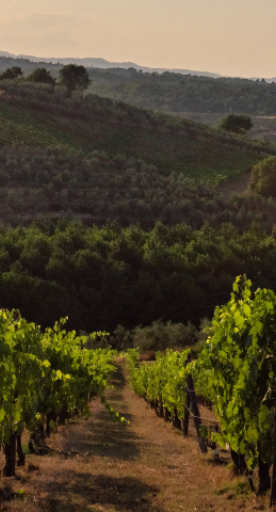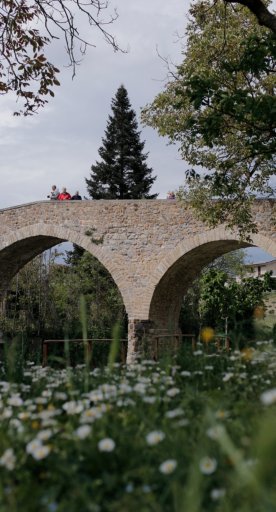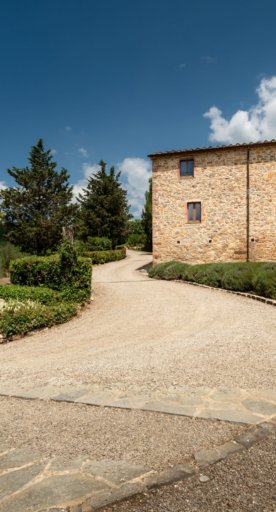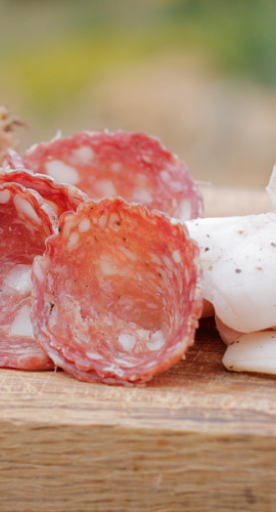Located in the Valdarno where Chianti’s steep mountains touch the upper Arno valley, and along the path of the Ambra stream is the municipal area of Bucine - one of the largest in Tuscany. Due to its fantastic position, it’s considered a "gateway to Chianti" and an excellent starting point for exploring the valley’s different villages and nearby cities of art.
In Bucine’s surroundings, more specifically in Cennina, there's a fortress which, among those in the area, best preserves the historic appearance of a medieval castle. The village stands on top of a hill, enclosed by the ruins of an imposing city wall. Inside are stone and brick houses, a picturesque square named Della Cisterna and the cassero, once the heart of the fortification. The panoramic view, especially from the north side of the castle near the church, is spectacular.
Bucine is surrounded by a landscape in which valleys rich in cultivated land (mainly vineyards and olive groves) alternate with hills covered with a vegetation of Mediterranean oaks and shrubs.
The area is also home to some monumental trees; these are spectacularly old and have a unique size and shape, as well as being registered, protected and valued thanks to a path and environmental education activities.
There are numerous trails starting from Bucine which lead you through the area’s nature and history. The Via della Ginestra, winding through country paths, vineyards, cypresses and villas, reaches the historic Sanctuary of Santa Maria della Ginestra, a well-known place of worship next to which an ancient Etruscan well was found.

































